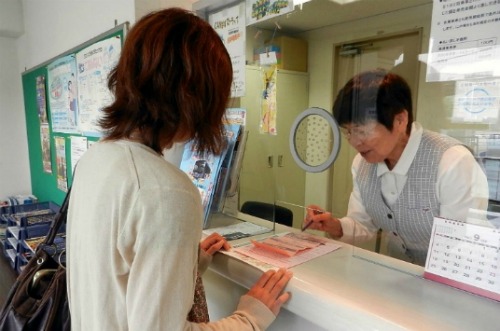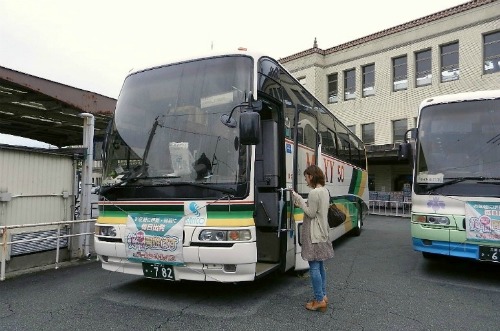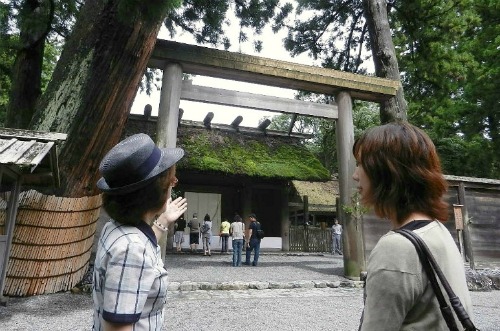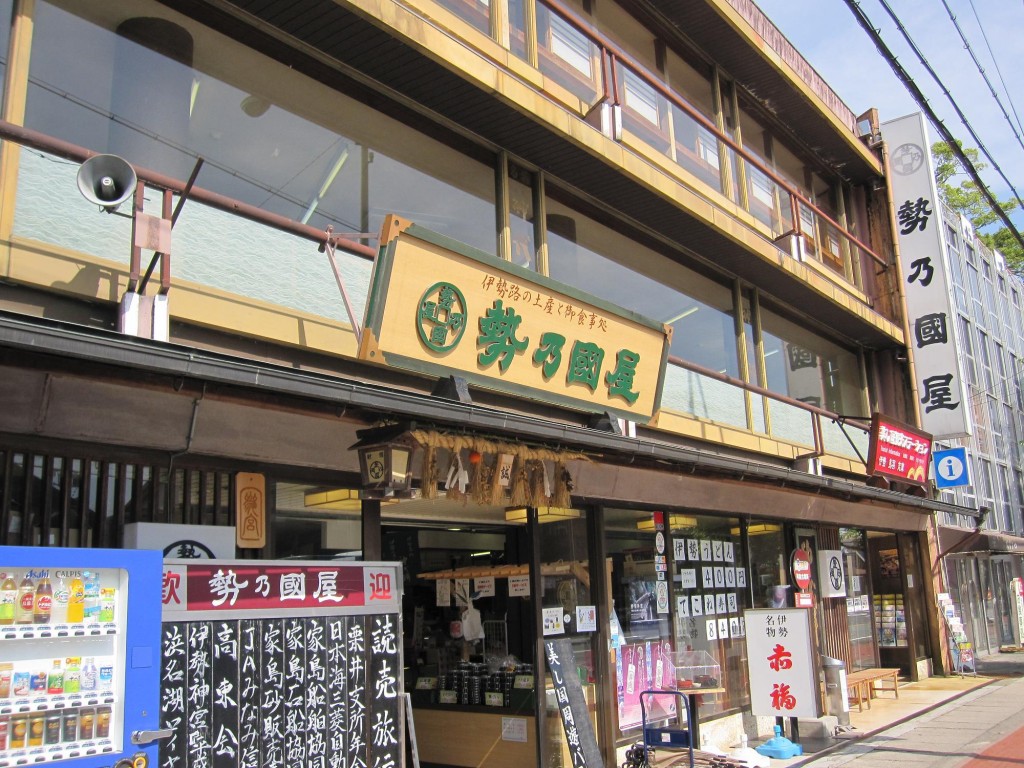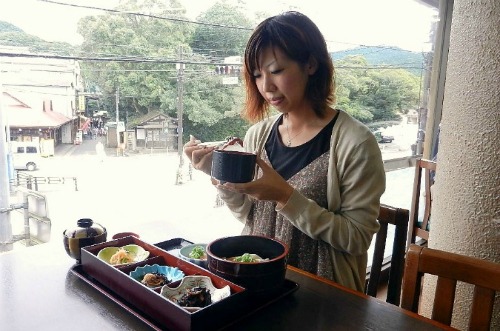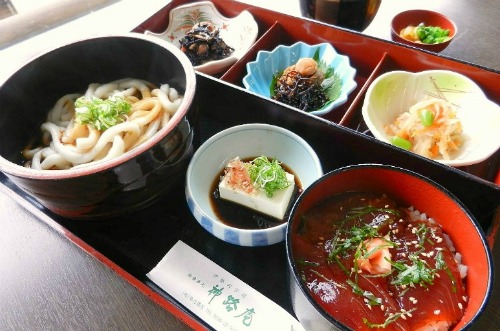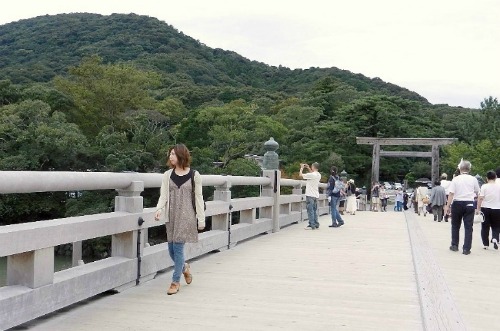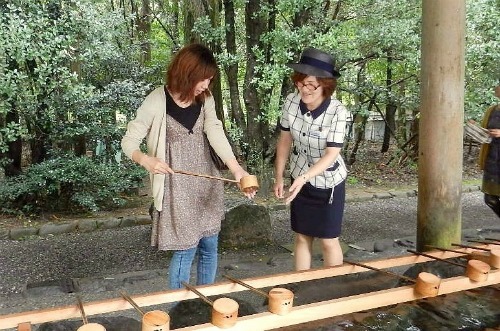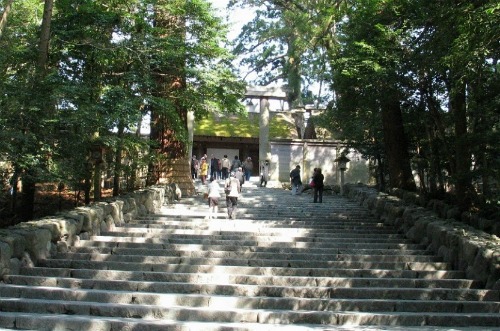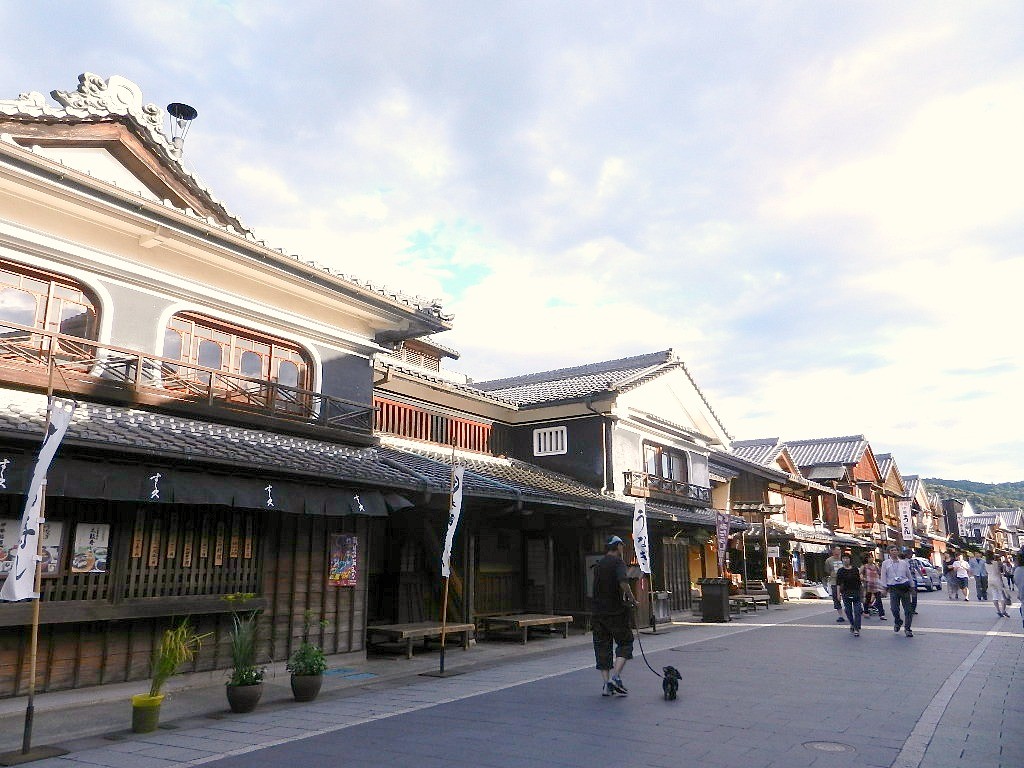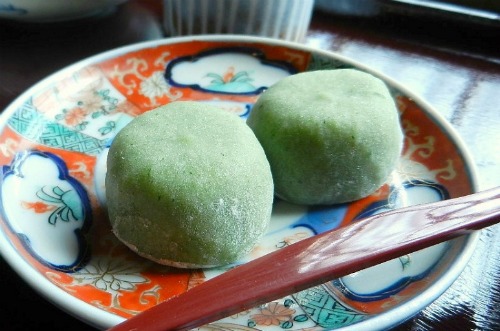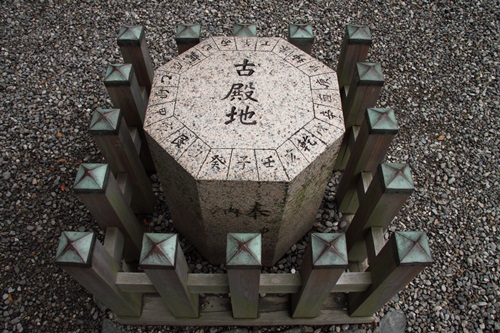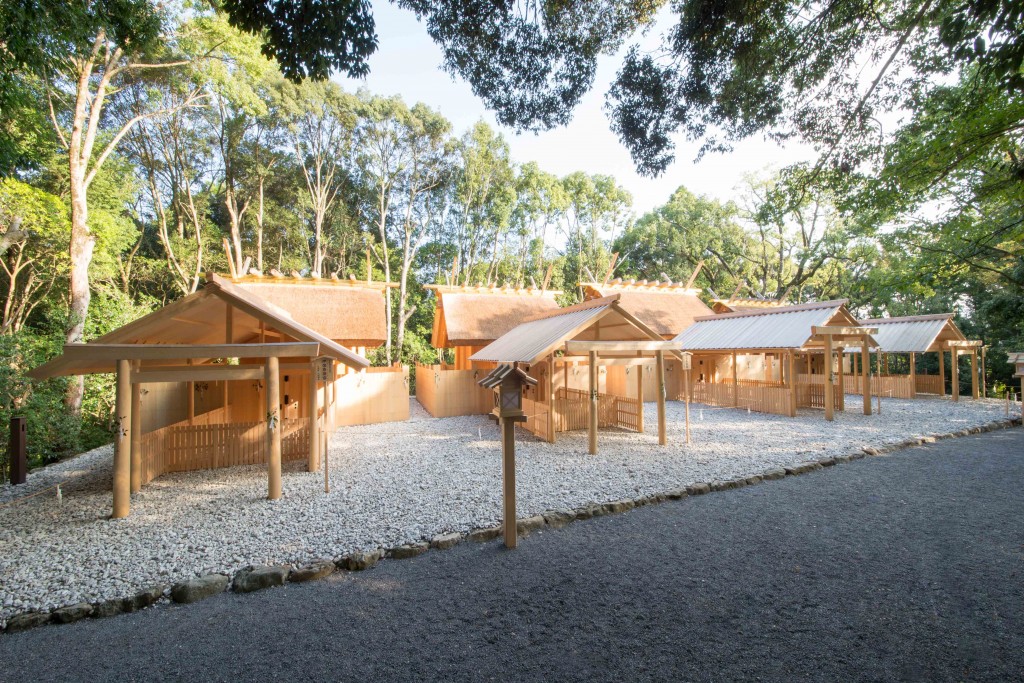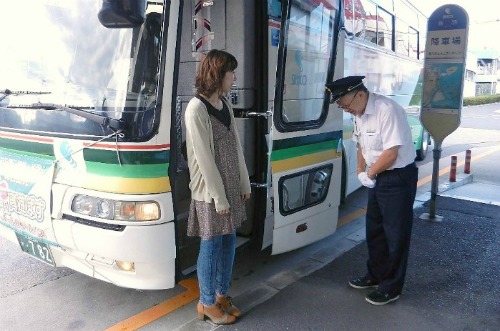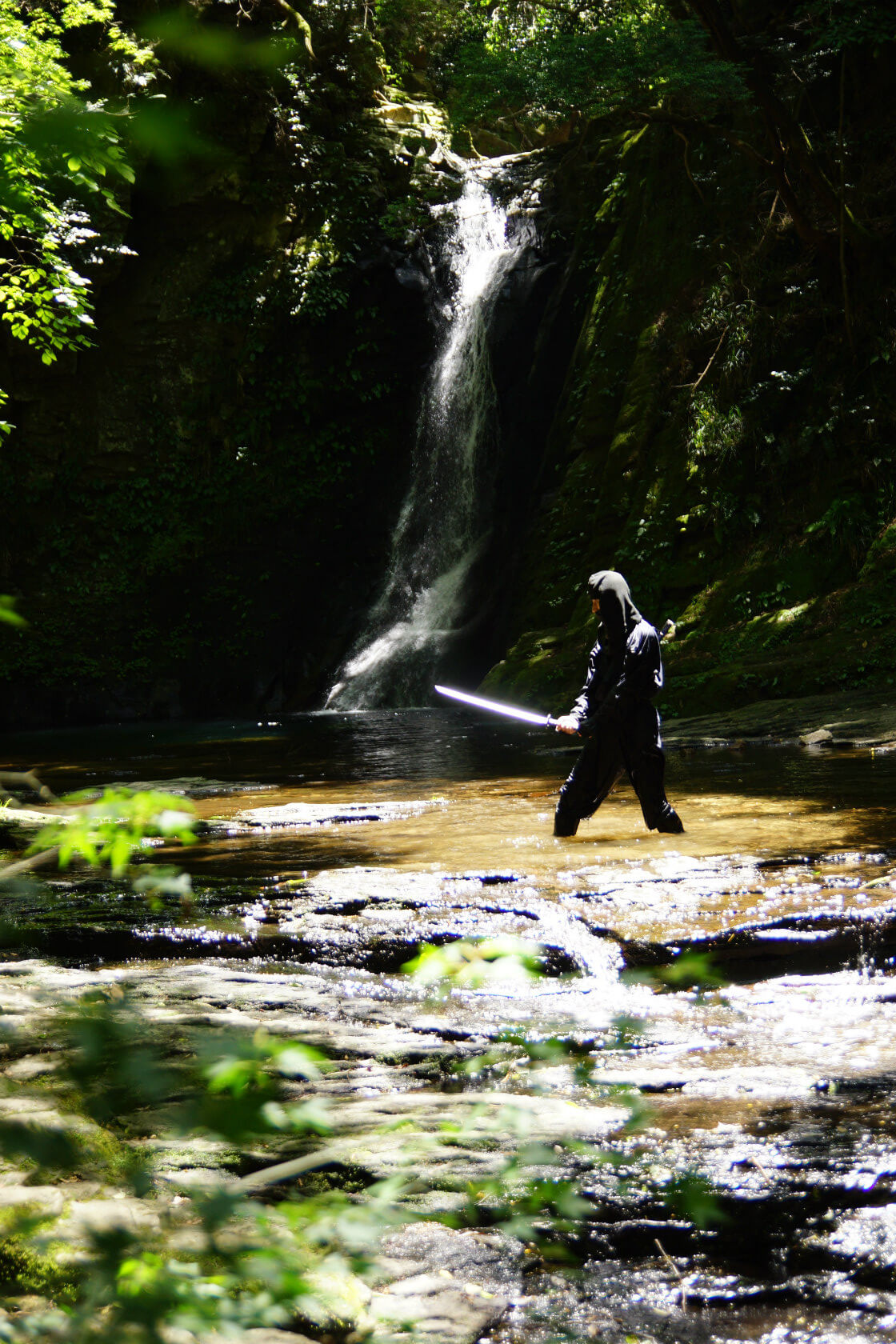<Regular Sightseeing Bus in Ise City> “Beautiful Country Tour” Ise Jingu Ryogu Worship Plan
Ise Jingu is crowded with worshipers from all over the country, but I often hear that I visited only Naiku due to time and schedule. It has been a long-standing tradition to visit Ise from the outer shrine to the inner shrine.
The VISIT interview team (hereinafter referred to as the interview team) will report on “Beautiful Country Tour”, a landing-type bus tour where you can visit the outer and inner shrines with a guide and enjoy the highlights and gourmet food in the area!
“Beautiful country tour” is a complete reservation system . The “Shikinen Sengu Memorial Issue” can be reserved until 18:00 the day before . On this day, I boarded from the Kintetsu Ujiyamada station square platform (11:05). At the reception desk in the retro station building, you will receive a plan usage guide and coupon in exchange for the tour participation ticket.
Board the bus from the platform in front of the reception desk. At the same time as I settled down on a loose seat, the interview team gradually felt like traveling. It’s a big difference from the usual interviews where you drive your own car by relying on the navigation system and rush to your destination. The bus will head to the first destination, “Ise Jingu / Geku” , via the JR / Kintetsu Iseshi Station platform, with the coverage team in the relaxation mode as soon as possible. The outer shrine, which borders the city, has a smaller impression than the inner shrine, but once you step into the shrine, you will feel a dignified atmosphere.
The photo is passing in front of the Kagura hall. From the parking lot, cross the Omotesando Hiyokebashi, cleanse your mind and body at the Chozuya, and walk slowly to the front of the Kaguraden for about 10 minutes.
The outer shrine enshrines Toyouke Omikami, the god who controls the meals of Amaterasu Omikami. Toyoukebime’s “Uke” means food, and is revered as the guardian deity of all industries, including clothing, food and housing. The building is the same as Naiku, which is the only Shinmei-zukuri (Yuiitsushinmei-zukuri), but there are 9 Katsuogi on the roof (one less than Naiku), and the tip of Chigi is cut vertically. It seems that there are differences in details such as.
The bus arrives at Naiku in about 15 minutes from Geku. The interview team participating in the plan with lunch will head to the lunch venue “Senokuniya” . It is a long-established souvenir shop that has a store from the Meiji era in front of Ujibashi in the inner shrine. In addition, there is a 10% discount on souvenirs for guests of “Beautiful Country Tour”, as long as you are happy ♪ On the 1st floor, there is a tourist information counter “Beauty Country Tourist Station” of Ise, Toba, and Shima. It is annexed so you can get seasonal information and great deals.
Enjoy lunch at the restaurant on the 2nd floor overlooking Naiku no Mori. The meeting place for visiting Naiku (only for those who wish) accompanied by the guide is also Senokuniya, so I was able to relax and feel at ease.
The plan that includes lunch is the “Ise Gozen,” which is a combination of Ise-Shima’s specialties! The local gourmet super classic “Ise udon” and “tekone-zushi” come with 4 types of small bowls, miso soup, and pickles. The volume is also moderate, so after visiting Naiku, you can enjoy eating while walking!
After eating, go to visit Naiku! It takes about 20 minutes to walk slowly from the front entrance of the Naiku, Ujibashi Torii, to Goshogu. It’s an important approach to calm your mind and come out in front of God, but it was a bit unscrupulous interview team that made me think that it was just the right distance for my stomach after lunch.
At the Chozuya, the guide taught me how to cleanse.
① First, hold the cassotte with your right hand, draw water and wash your left hand.
② Hold the cassotte in your left hand and wash your right hand.
③ Hold the cassotte in your right hand, receive water in the palm of your left hand, and rinse your mouth.
④ After rinsing, wash your left hand again.
⑤ Finally, lift the cassotte vertically, spill the water from the cassotte so that it is transmitted to the handle, and wash the cassotte.
From the point of view of manners, it’s a method that you definitely want to remember.
Passing in front of the Kagura-den, I saw the Imperial Palace where Amaterasu Omikami sits . Beyond the time of 2000, it conveys the ancient appearance to the present. Shooting is allowed up to the bottom of this staircase. The method of worship is “two religions, two applause, one worship.” The interview team also changed their minds and made a firm visit.
After visiting Naiku, there is about an hour of free time at “Oharaimachi” and “Okage Yokocho” . The town of Oharai, which stretches about 800 meters from Ujibashi, is called “Oharaimachi,” and the area centered around the Akafuku main store in the middle is called “Okage Yokocho.” Thanks to the reproduction of the streets of the Edo and Meiji eras, Okage Yokocho is full of charm from Iseji, from its specialties to humanity! It may be wise to check the shops you want to go to in advance on tourist sites and guidebooks.
The plan also includes “hospitality of Kamidai mochi and Ise tea” . Kamiyo mochi is a traditional kusa mochi that does not use any preservatives or colorings. When you put it in your mouth, the scent of wormwood tickles the back of your nose. The attached Ise tea also had a refreshing taste and matched well with the simple sweetness of Kamidai Mochi. Kamidai Mochi and Ise tea can be enjoyed at the teahouse “ Tasukean” directly managed by Senokuniya. The teahouse along the Miyuki Road has a retro-modern atmosphere that is a renovation of a warehouse built in the early Showa period. The furniture and tableware at that time displayed in the store are also wonderful ♪

The interview team, who was relaxed with Kamidai Mochi and Ise tea, went to Okage Yokocho again. Even though I’m interviewing, I have to fully enjoy the feeling of being a tourist here! Choosing souvenirs at Okage Yokocho is like a treasure hunt ♪ What caught the eye of such an interview team was the Okage dog fortune (photo, 300 yen). A long time ago, a dog who is said to have visited Ise instead of his husband. Thanks to the help of various people and the achievement of visiting Ise, I would like to ask the interview team for the dog!
Next, we will visit “Sarutahiko Shrine”, which enshrines Hiko Omikami.
Next, we will visit Sarutahiko Shrine. Sarutahiko Omikami is said to be the “God of Michihiraki” who guides things in a good direction because he is the god who guided Takachiho to Ninigi no Mikoto when the descendants of Tenson descended. ..
He is a god who has been worshiped for a long time as a god who will be a guidepost at the beginning of things.
In addition, it has been known for many ancient gods such as architecture, orientation protection, disaster protection, good luck, business development, good harvest, big catch satisfaction, family safety, traffic safety, and maritime safety.
In the precincts of Sarutahiko Shrine, there is a stone pillar with an octagonal direction on the site where the main shrine was located until 1945.
The direction engraved is written in “Jukkanjunishi”,
It is a power spot where many people are touching the stone pillars as a sacred place where Sarutahiko Ogami was enshrined for a long time.
After visiting Sarutahiko Shrine, we will visit Tsukiyomi-no-miya in Naiku Bekkyu. Tsukiyomi-no-miya is Tsukiyomi-no-Mikoto, the younger brother of Amaterasu Omikami, Izanagi-no-Mikoto, the father, and Iya Nagi-no-Mikoto, the mother of Tsukuyomi-no-Mikoto. (Tsukuyomi no Aramita no Miya) is a shrine that is enshrined as a high-ranking palace following the Aramatsuri no Miya, whose deity is the soul of Amaterasu Omikami. It is known.
The visit to Ise, which started from the outer shrine, ended in a blink of an eye, and the bus arrived at the Toba bus center where the interview team stayed. Say goodbye to the driver, who has become familiar with me this day.
How was the “Ise Jingu Ryomiya Worship Plan” ?
It’s easy without the hassle of visiting Ise and finding a parking lot, which I wasn’t confident about. You can enjoy walking around town and gourmet food at both the outer and inner shrines! Why don’t you go to visit Ise at this time?
[Information] Boarding locations are “Ise City Station”, “Ujiyamada Station”, and “Toba Bus Center”
You can choose the place to get off from “Ise City Station”, “Ujiyamada Station”, “Meotoiwahigashi Exit”, and “Toba Bus Center”.
If you apply by phone, please make a reservation until 18:00 the day before .
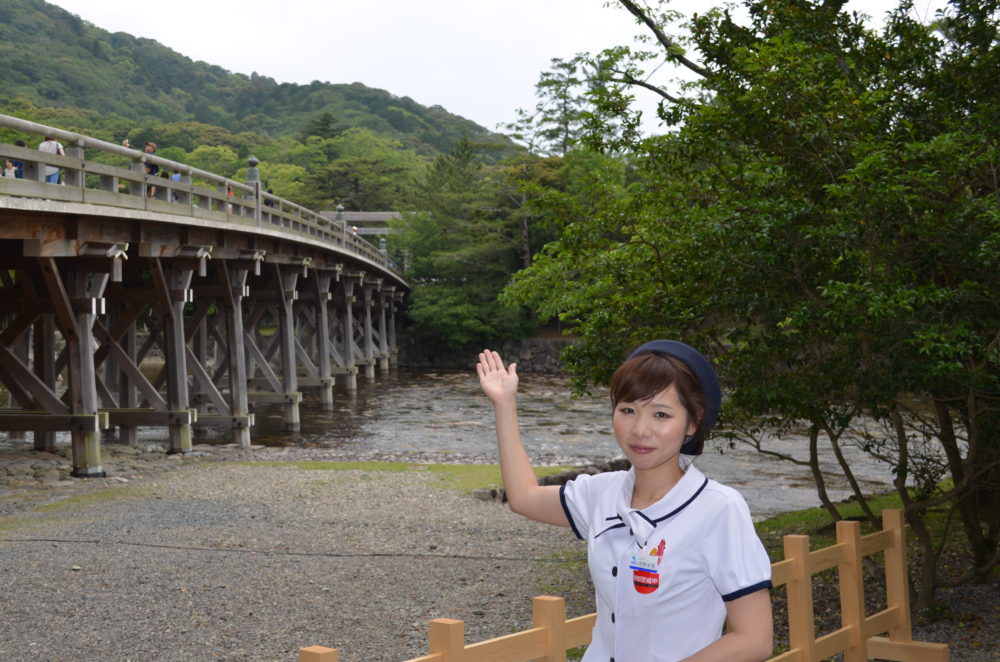
 Easily go to Iga Ueno with “Iga Liner”!
Easily go to Iga Ueno with “Iga Liner”!
A day trip bus tour that runs from one person every day, taking you from the Nagoya Meitetsu Bus Center to Iga Ueno!
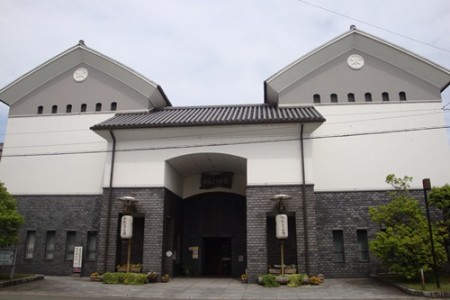
After arriving at Uenoshi Station by highway bus, redeem the coupon at the Iga Uenoshi Tourism Association in the Danjiri Museum.
( Click here for access to the Iga Ueno Tourism Association in the Danjiri Museum)
 The Iga-ryu Ninja Museum is a relocation of Iga’s Dogo mansion in Ueno Park, and although it looks like an ordinary thatched-roof farmhouse, there are defensive gimmicks around the mansion and donden returns inside the mansion. It’s a ninja mansion with gimmick doors and hidden things!
The Iga-ryu Ninja Museum is a relocation of Iga’s Dogo mansion in Ueno Park, and although it looks like an ordinary thatched-roof farmhouse, there are defensive gimmicks around the mansion and donden returns inside the mansion. It’s a ninja mansion with gimmick doors and hidden things!

At the Ninja Folklore Museum, you can learn about the history of ninja by displaying real ninja equipment.
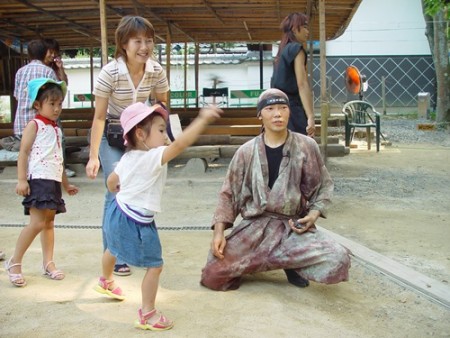
In addition, you can experience shuriken at the Ninjutsu Experience Center (plan B includes the fee). If you experience it in a ninja costume, you may feel like a real ninja !?

A ninja show is also held at the museum, which is also popular (additional 300 yen is required. Please confirm the date)

Haiseiden is located in the same Ueno Park as the Iga-ryu Ninja Museum (free admission). It is enshrined (Basho-za statue is open to the public only on October 12th of Basho Festival)
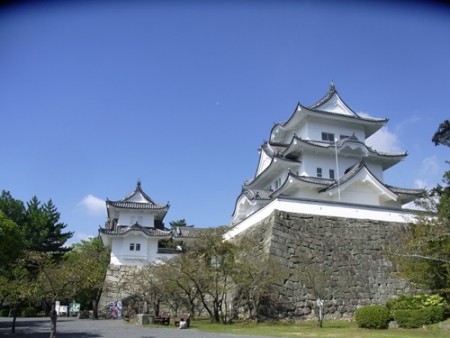
Iga Ueno Castle is a beautiful castle also known as “Hakuho Castle”, and the stone wall of Uchibori was built by Todo Takatora and is said to be the tallest in Japan with a height of about 30 meters.
In Ueno Park, there are many famous places and historic sites such as Ueno Castle, Haiseiden, and Ninja Mansion, and the atmosphere of history is rich in taste. One of the attractions is that you can enjoy the scenery of the four seasons.
It is a food-walking ticket that can be exchanged for ” Katayaki ” and ” Apprentice Yokan ” at 12 stores in Iga Ueno. Two tickets are included, and you can enjoy sweets, pickles, and tasting of local sake.
” Katayaki ” was called Ninja and was an emergency food for Iga Ninja. It is said to be the hardest rice cracker in Japan, and is a famous confectionery that represents simple Iga with a moderate sweetness and fragrant aroma. There are two shops that sell this katayaki among the shops that can be redeemed with a food walk ticket. It may be fun to try and compare each one.
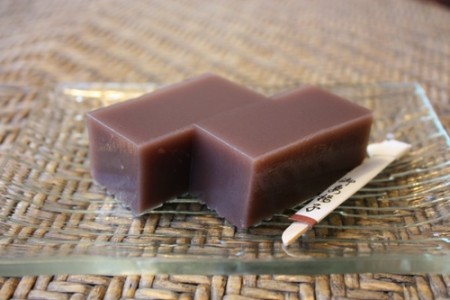
” Decchi Yokan ” is a traditional confectionery that has been popular in the Iga region for a long time. It is less sweet than water yokan and is a soft yokan that you can eat without chewing. There are various theories about the origin of the name of the apprentice yokan, but after the apprentice made the kneaded yokan in the Edo period, the apprentice mixed water with the yokan left in the pot and liked to eat something like water yokan. It is said that it came to be called “Apprentice Yokan”.
This is a one-day bus tour where you can fully enjoy Iga Ueno in your free time, centering on Ueno Park, which is the center of sightseeing in Iga Ueno. Let’s change into a ninja costume and enjoy the town of Iga Ueno in a ninja costume!
What is Iga-ryu Ninja?
Click the image (Iga-ryu Ninja Museum HP)



